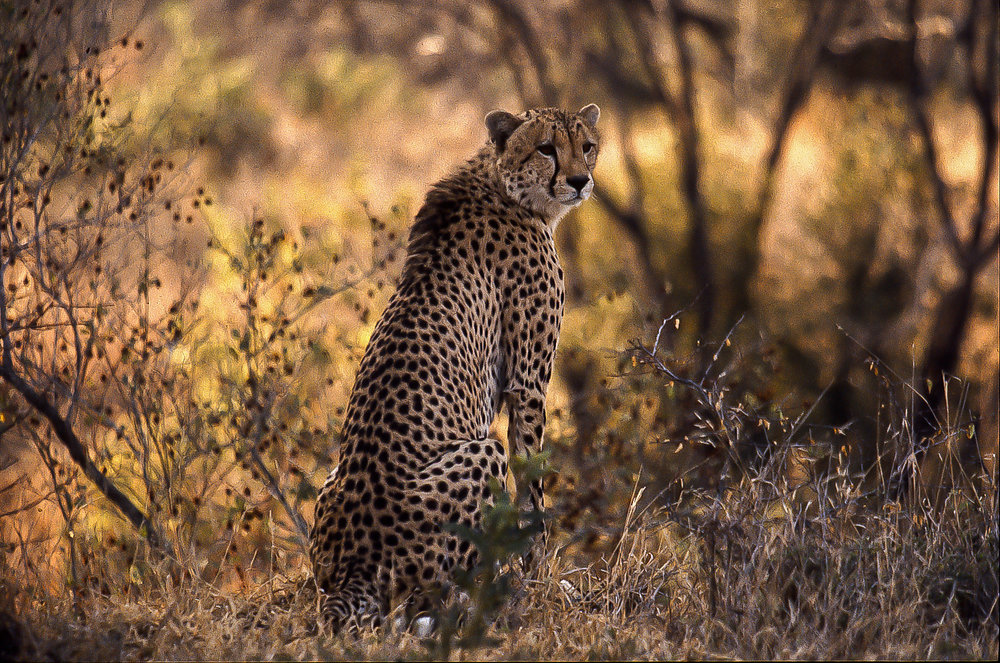
Regular Macfilos readers will know of my affection for the tiny Leica X1 and that I have been a Leica user for over 50 years. However, over the years my enthusiasm for Leica has not been to the exclusion of other brands. In recent times I had a short and very unsatisfactory flirtation with a Sony a7 and an equally brief foray back into film photography with a beautiful Hasselblad outfit. I disliked the Sony, but I loved the Blad. If it had been lighter, maybe I would still be using it from time to time.
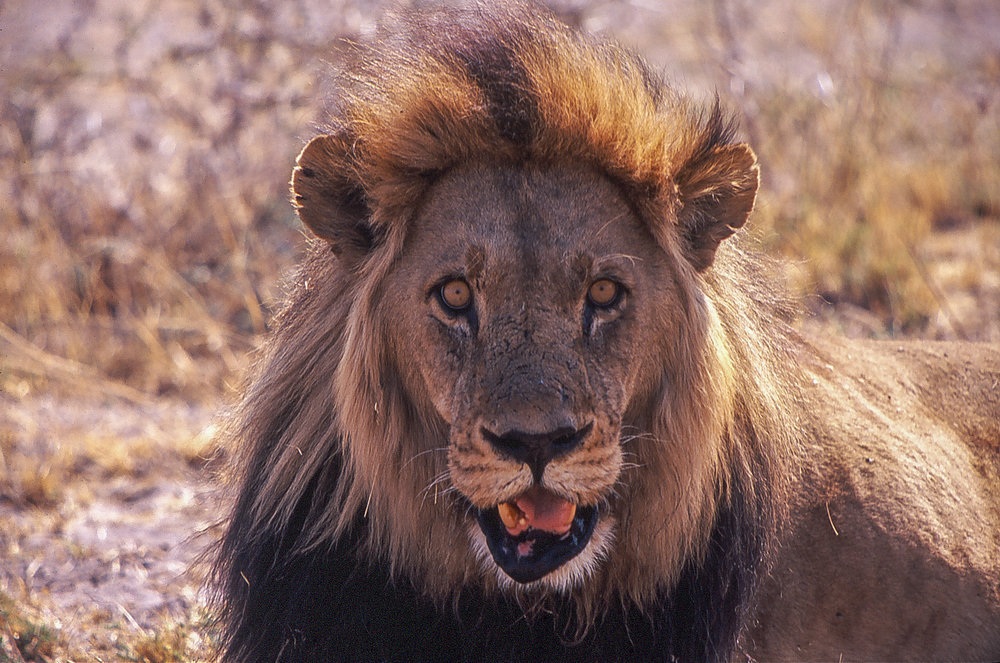
Rewind the clock twenty years and, as well as being a committed Leica M user, I was a Canon fan — using a Canon EOS SLR outfit with a couple of bodies and a wide selection of lenses, including a superb constant-aperture f/2.8 70-200mm zoom and a 2X converter. That lens was reputedly the sharpest in the EOS stable at the time, but it was cumbersome and expensive — it cost me over A$3000 — serious money back in 1998. The current model, now with integrated IS, costs less than that but it is still big and heavy.
Hand luggage
I bought the Canons primarily to do motorsport and wildlife photography. I acquired them in 1998, and they were pensioned off and dispersed in 2005. I carried the outfit in a big Lowepro backpack. It was my hand luggage on flights, and I travelled all over the world with it. The cameras were so heavy that I was restricted in what else I could pack in it. Not an ideal situation if you were stuck in a plane for over 24 hours back when in-flight entertainment systems were rather basic, and you needed as a minimum a good book and a few magazines as reading material.
The reason I went for the big and heavy f/2.8 lens was that I was using mainly colour slide film for shooting action, so I needed the wide aperture. Readers brought up on digital cameras may not appreciate how slow most colour film was — particularly slide film. We have it very easy nowadays.
Big cats
To show how my Canons performed, here is a small a selection of “big cat” shots taken in Botswana in 2004. I used the 70-200mm zoom lens on Fuji Provia slide film which had an ISO rating of 100. Some were taken with the 2X converter, which gave me an F5.6 140-400mm lens.
The photo of the young leopard on the ground was taken as we were enjoying a refreshment stop on a track in the late afternoon. I was around the side of the Land Rover when I saw the leopard approaching. Very luckily, my camera was within easy reach on my seat, so I grabbed it and lay prone on the ground. Our guide was very agitated and concerned for our safety and was urging the others to climb back into the vehicle as quickly and as quietly as possible. He whispered to me to stay perfectly still, which suited me as I was intent on getting a photo anyway.
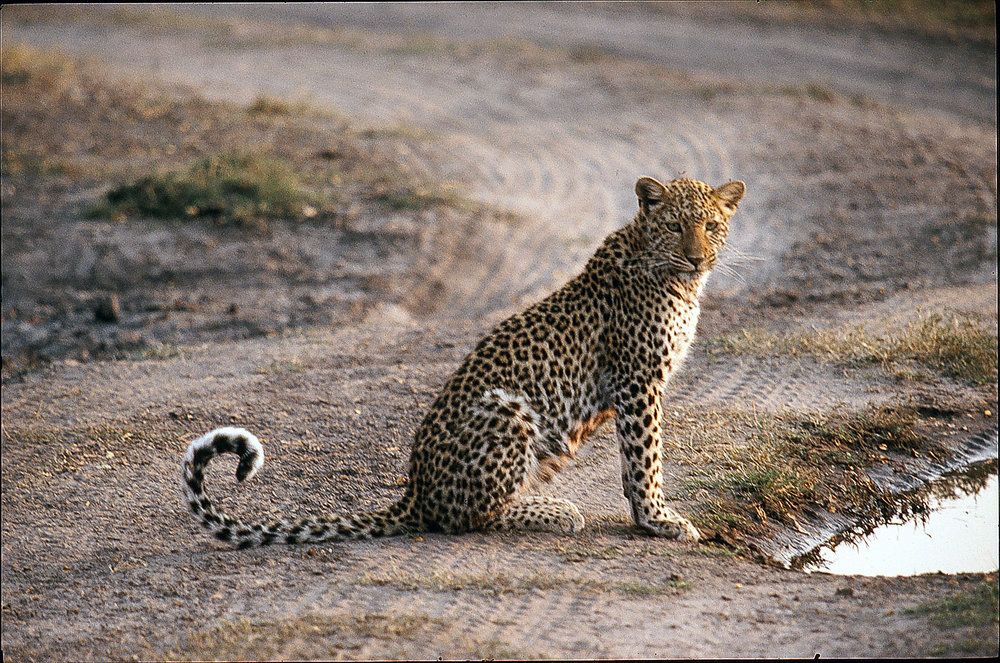
That trip to the Okavango Delta in 2004 was the last post for the Canon outfit — after that, I decided I had had enough of the weight and bulk and scaled back to my Leica M outfit plus a Leica Digilux 1. My long-lens days were behind me — or so I thought.
Then, 13 years later, last year, in fact, I had a yearning to try a long lens again for motor racing and local surf action photos. I did not want to go to the expense of buying a serious outfit as I knew that it would have little use.
Macfilos contributor Wayne Gerlach and I meet regularly for coffee at the local surf club cafe on Tuesdays. And, over a few coffees over a couple of weeks, we mulled it over, and Wayne suggested to me that what I needed was a Panasonic FZ1000 with its 24-400mm lens. The FZ is also the basis for the re-badged Leica V-Lux.
Wayne is a much more committed gear-enthusiast than me, and he managed to convince me that, with strong personal endorsements from none other than Mike Evans and Ivor of Red Dot Cameras, how could I argue? So I acquired a low-mileage FZ1000 from a local seller on eBay for A$600 (£345).
To cut a long story short, the FZ1000 and I did not get along. I did not like it. I did take some satisfactory motor racing photos at the Mount Panorama circuit, Bathurst, back in February. But we never really gelled. I sold it — to Wayne — for A$500 some months ago, and he has since taken some good photos with it. C’est la vie.
However, the disappointing FZ1000 experience had not cured the long-lens itch. I have a friend in the UK who takes superb motorsport photos with Canon gear and, in particular, using a couple of long lenses which each cost the equivalent of a new small car.
Prompted by viewing his work, I had a momentary lapse of sanity and thought about getting serious again and buying a second-hand full frame Canon DSLR and a 70-200mm lens. That really would have been a case of déjà vu. This whimsy was fortunately very quickly dismissed as being unrealistic on cost grounds and also because I could not see myself walking around all day in the scorching summer heat at Mount Panorama carrying that gear.
I was not up for it in 2004, and I am certainly not up for it today. So I raised the long lens hypothetically with Wayne over coffee again.
Get thee behind me, Satan
The next Tuesday he turned up at coffee with a Fuji X-E2 from his personal cache fitted with the el cheapo Fuji 70-230mm zoom lens. I took the camera and lens ‘on approval’ and, after a satisfactory quick road test, I was convinced, A deal was done, and money changed hands again — this time A$550 (£317).
While I have no intention of turning into a Fuji fanboy this late in life, the X-E2 and the 70-230mm lens are gelling with me — unlike in the case of the Panasonic FZ1000.
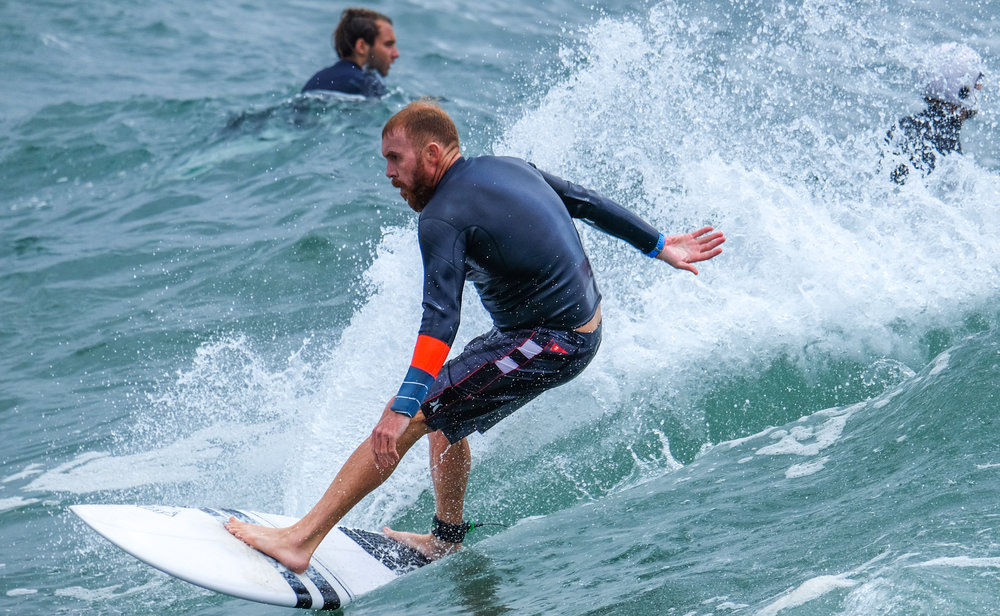
Last week — just a few days after I acquired the Fuji — we had a massive storm and the following day the surf was really big. A good time to put the Fuji combination to the test. Below is one of the shots I took in a quick outing to the headland at local Avoca Beach — an ideal location for taking action surf shots without getting into the water.
I am pleasantly surprised by the performance of the Fuji 70-230mm lens. It is very “plasticky”, and it is very cheap — currently retailing for the equivalent of £120 here in Australia — so my expectations were low. It is not remotely in the same class as that fantastic Canon lens, but it is so much cheaper and so much lighter. And, of course, nowadays I am not stuck with shooting at ISO100, so the aperture is less critical. It is indeed surprisingly sharp. It looks as if I have acquired a very cost-effective lightweight outfit which hopefully fixes the long lens itch. Now all I need is some more big surf.
___________________
You can find more from John Shingleton at The Rolling Road and on Instagram at therollingroad.

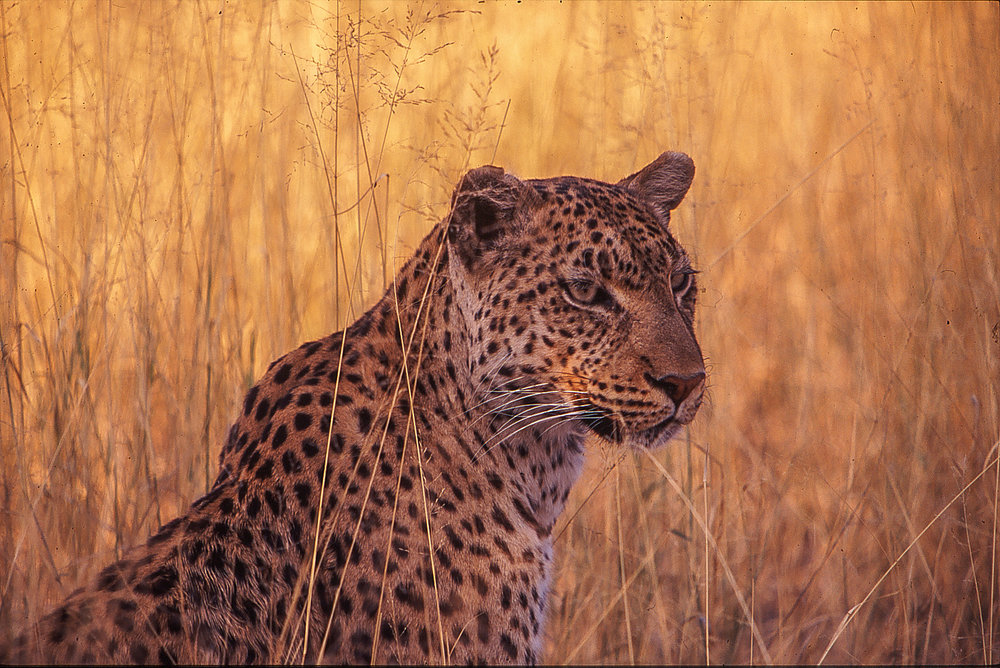
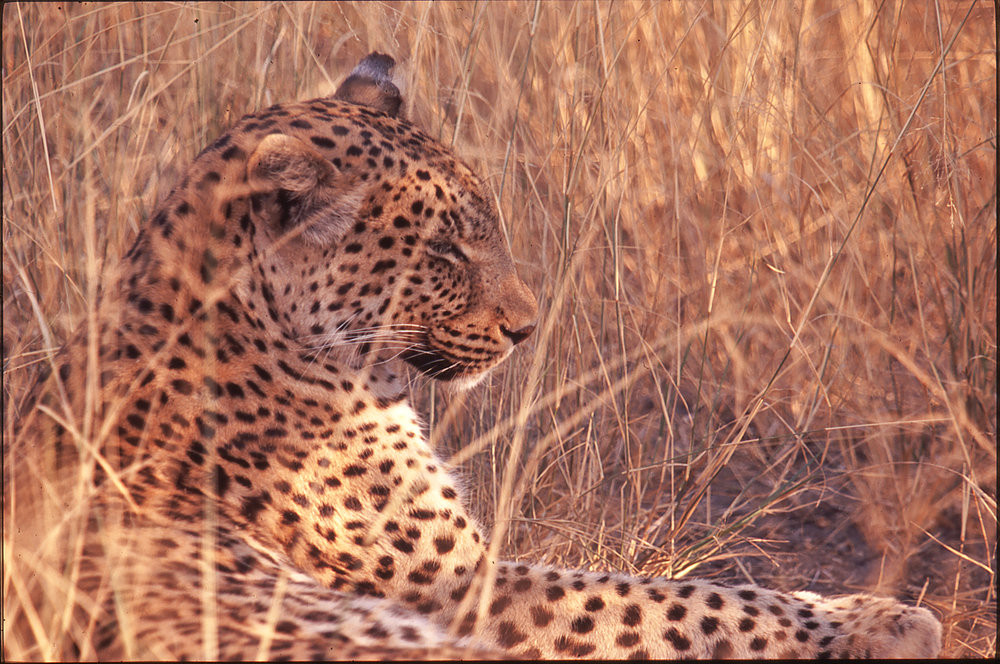
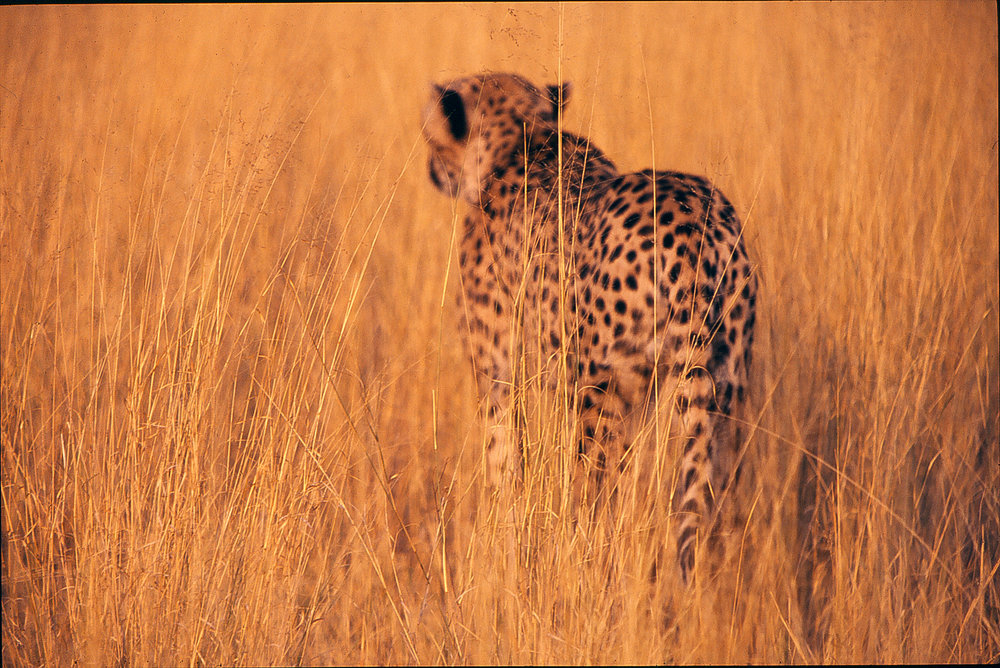
Weekly coffees with John are truly enjoyable episodes. Freeform discussion, plenty of opinions and of late a couple of reciprocal camera gear swaps.
I had no idea that he was putting this Macfilos contribution together. So I guess I’ll have to respond with a contribution on John’s-now-mine Panny FZ1000.
I will look forward to hearing about your experience with the Panny.
Hi John, Looks to me like Wayne has a canny eye for a deal, as he is A$50 up on this little run. However that fuji surfer image looks mighty sharp, so it is a decent camera/lens combination.
I also like the images above the surfer, that is some very nicely done work, and something to be proud of.
I will look forward to seeing what you do next with the fuji, and how you manage to rook Wayne of A$50.. Sorry typical Yorkshireman see’s the cash before the images. lol.
Dave
Dave , yes Wayne is $50 ahead but I’ve written that off to experience. Sadly not all my camera flirtations have been so cheap. My shortlived dalliance with the Sony a7-the computer which pretends it is a camera-cost me $500.
John
Ouch that is some sting, I am grateful for getting to tinker and play with with the A7r3, which felt soulless, and without feeling. Hence my Df purchase, and not a Sony one.
At least you have a camera that you enjoy, regardless of how you go there – privately the $50 would irk me, even between mates. lol.
I particularly like the first photo where the leopard really stands out. the light is just awesome. I am wondering which scan you are using as the result is truly excellent. Thanks for the post
Jean
Jean , the slides were scanned with a Canonscan scanner many years ago. I had to change it when Canon stopped updating the driver software and it became incompatible with the latest iOS update on my Mac. I now use an Epson flatbed for scanning.
John
John:
I’m using an X-E2 as a poor man’s CL. The only thing that distinguishes it is the 27mm; wish the CL had something like that. I like the FL (40mm) and pancake size. Interested to see how you get on with it.
(Do you have the latest updates loaded? They make it functionally indistinguishable from the X-E2s and very close to the X-E3. Focus speed improved greatly.)
Hi Tuco. Yes, the camera did have the latest Ver4 firmware installed before I sold it to John. Your are correct that it does “update” the XE2 into XE2s spec, and significantly improves performance over the original XE2.
Ver4 firmware does markedly change the menu interface such that the old XE2 hard copy manual is way out of sync. John is an instruction manual reader, so that did throw him for a moment! However Fuji did provide an updated manual online with the Ver4 firmware, so all is good now.
I only mentioned it because it was the greatest improvement to a camera that I’ve experienced, yet, going from adequate to really quite good.
Tuco , yes Wayne told me that the camera does have the latest software.
I only intend to use the Fuji with the long lens so I cannot see myself using it very often. I really am very happy with my Leicas and the last thing I need at my age is another camera system and more gear. In fact I am making a major effort to reduce the amount of"stuff" I have. Acquiring the Fuji was a actually step in the wrong direction.
John
Love the images of the big cats, especially the third one, with the leapard almost looking at the camera in the grass. So crips and clean. Based on the title, I was expecting them to have been taken with the Fuji gear. Nikon was my camera of choice until the D800 shutter had to be replaced (160,000 activations). That gear was all traded in for a Leica and a couple of lenses. Leica has been my favorite camera since then. Fuji is a terrific way to supplement the Leica gear and increases the shooting window. I use the X-H1 for both steadier video and long-lens images. Truly enjoy both systems, though the X-Trans sensor does require a slightly modified workflow. I’m very glad you are enjoying the new Fuji gear.
Very interesting, John, that you have followed your itch, and intriguing that you have landed in Fuji country. Perhaps I should try the lens you mention on my X-T20, which languishes, because I dislike the controls so much. My long lens lust has to date been satisfied with the old Leica V-Lux 1, which goes from 25-400mm with internal (ie dust free) focussing. Despite its mere 1/1.8 inch sensor it turns in pictures as sharp as the Sony RX10 which has been designated my winter camera – splash and dustproof and also good at low temperatures. I hope you continue to enjoy commuting between the X1 and the Fuji (with XV and Q for good measure!) We sha’n’t be able to call you "Mr X" any longer………
John, as I mention above I cannot see myself using the Fuji much and I have no desire to get involved with the Fuji system. For me the Fuji is just a cost effective device to hang the long lens on. My enthusiasm for the X1 will continue undiminished alongside for my enthusiasm for the Q and the XV.
Good to hear !